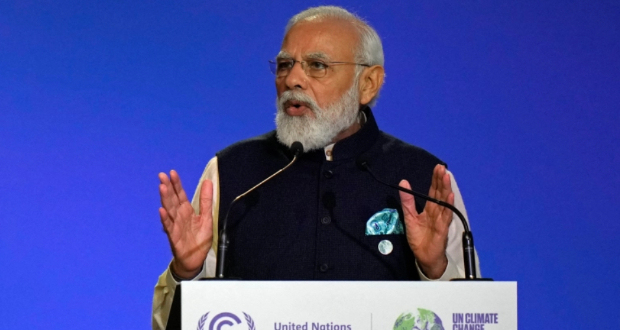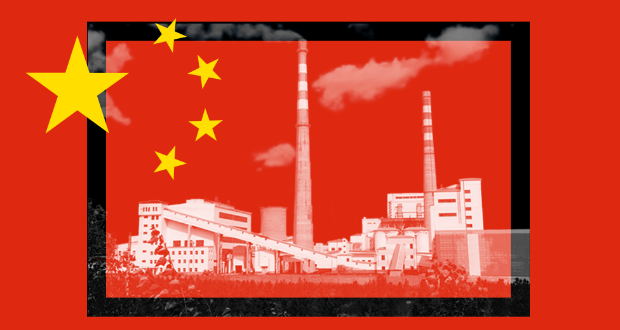For months, the aerial vehicles supplied by Quantum Systems, a German technology firm, had worked smoothly for Ukraine’s military, swooping through the air to spot enemy tanks and troops in the country’s war against Russia. Then late last year, the machines abruptly started falling from the sky as they returned from missions.
“It was this mystery,” said Sven Kruck, a Quantum executive who received a stern letter from Ukraine’s Ministry of Defense demanding a fix.
Quantum’s engineers soon homed in on the issue: Russians were jamming the wireless signals that connected the drones to the satellites they relied on for navigation, leading the machines to lose their way and plummet to earth. To adjust, Quantum developed artificial intelligence-powered software to act as a kind of secondary pilot and added a manual option so the drones could be landed with an Xbox controller. The company also built a service center to monitor Russia’s electronic attacks.
“All we could do is get information from the operators, try to find out what wasn’t working, test and try again,” Mr. Kruck said.
A battle is raging in Ukraine in the invisible realm of electromagnetic waves, with radio signals being used to overwhelm communication links to drones and troops, locate targets and trick guided weapons. Known as electronic warfare, the tactics have turned into a cat-and-mouse game between Russia and Ukraine, quietly driving momentum swings in the 21-month old conflict and forcing engineers to adapt.
“Electronic warfare has impacted the fighting in Ukraine as much as weather and terrain,” said Bryan Clark, a senior fellow at the Hudson Institute, a think tank in Washington, adding that every operation in the conflict now has to take into account enemy moves in the electromagnetic spectrum.




